2016 Kawasaki Ninja ZX-10R review, test ride
Kawasaki has pulled out all the stops with the updates on the 2016 ZX-10R. It's time to get under its skin and find out.
Published on May 27, 2016 04:06:00 PM
89,668 Views
Follow us on
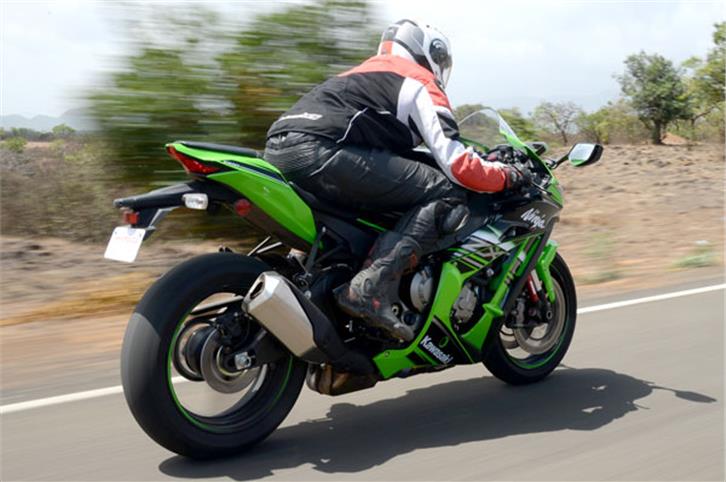


Never judge a book by its cover. This is one of those times that adage rings absolutely true. With the 2016 ZX10R, Kawasaki has focused only on to how well the motorcycle rides, instead of how it looks. Cosmetics have taken a back seat as almost every other component on the 2016 ZX-10R has been updated. These updates have been heavily influenced by Kawasaki’s WSBK racing technology. Lucky for us, the engineers at Kawasaki believe that the easier the motorcycle is to ride, the faster the rider will go; no arguments there. This has been a long pending update, since the 10R was one of the few litre-class bikes that remained unchanged since 2011. So let’s get under the skin of this thoroughbred and find out what makes it so special.
From a distance, the 10R looks very similar to its predecessor. But as you approach the motorcycle, the subtle changes become a little more apparent. The front fairing has been slightly re-designed and sports smoother curves than the older 10R. The wind-screen is a little wider than before, with cleverly placed intakes provided on the sides to reduce negative air pressure; which in turn, reduces helmet buffeting at higher speeds, to a certain extent. It allows the air to flow from under the riders arms, reducing shoulder fatigue from wind pressure.
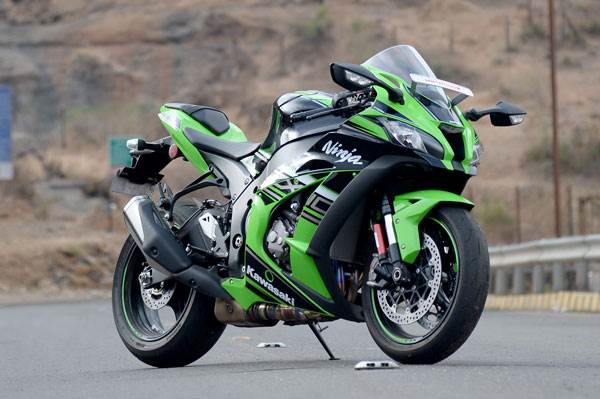
The front mud-guard is also new and borrows inspiration from Kawasaki’s H2R. It is designed to optimise air-flow to the radiator, to assist with better cooling. The mid-section fairing and tank remain the same as the older 10R, but the tail section is all new. The new tail-light sort of resembles the shape of the Aprilia RSV4’s, don’t you think? One feature that really grabs your attention is the Showa Balance-Free Forks (BFF) up front that makes its debut appearance on the 10R. One look at the compressed nitrogen canister that sits at the base of the forks and you just know this motorcycle means business.
The new chassis sports a head-stock that now sits 7.5mm closer to the rider. This is to add a little more weight over the front tyre and increase responsiveness and feedback from the front end. The wheelbase has been increased by 15.8mm by adding a longer swing-arm to aid in this same purpose, as well as to add more traction to the rear tyre. Even the engine is mounted higher up than in the previous model to improve agility. All these changes allow for a very predictable and planted feel from the front end; which in turn, contributes to the motorcycle’s nimble handling and behaviour through the corner. This results in better corner entry, transition and exit speeds. Overall, the new 10R is slightly higher, wider and longer than the older model. At 206kg, it even weighs a little more.
Copyright (c) Autocar India. All rights reserved.


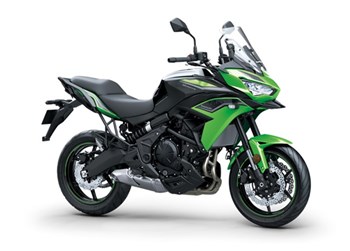
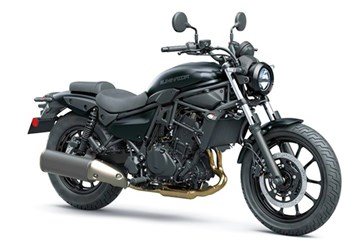
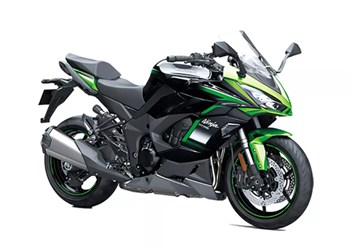
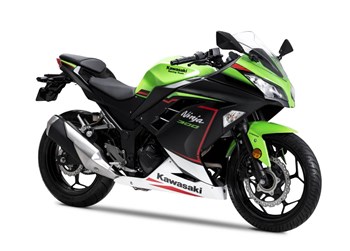

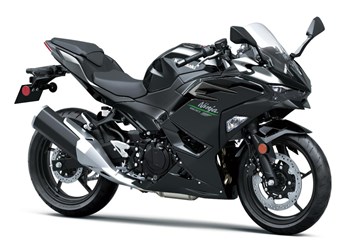
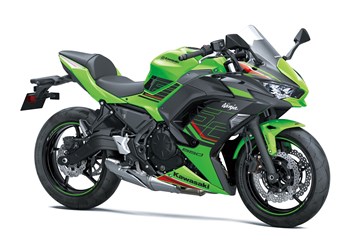
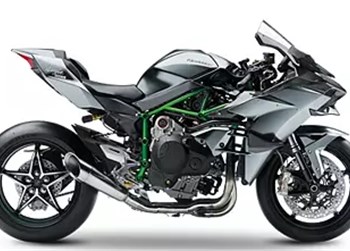
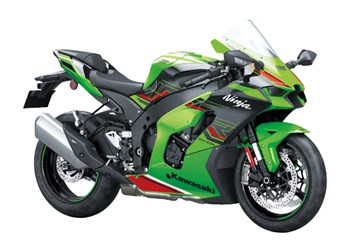
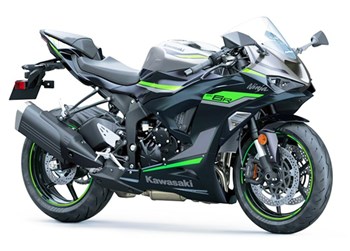


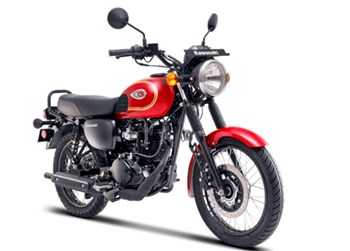
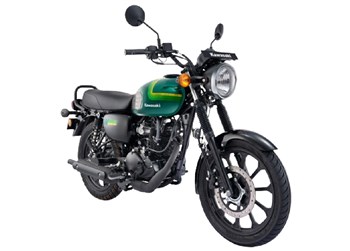
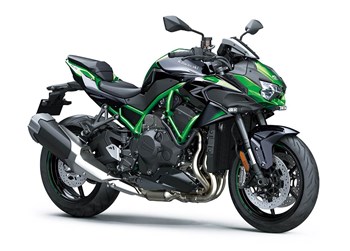
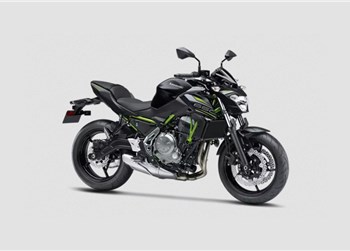

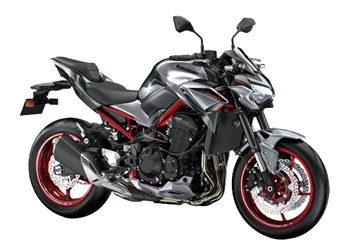




Comments
Member Login
Personal Details
No comments yet. Be the first to comment.